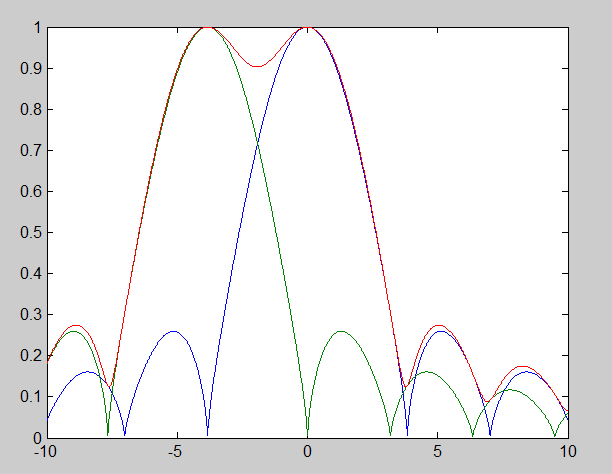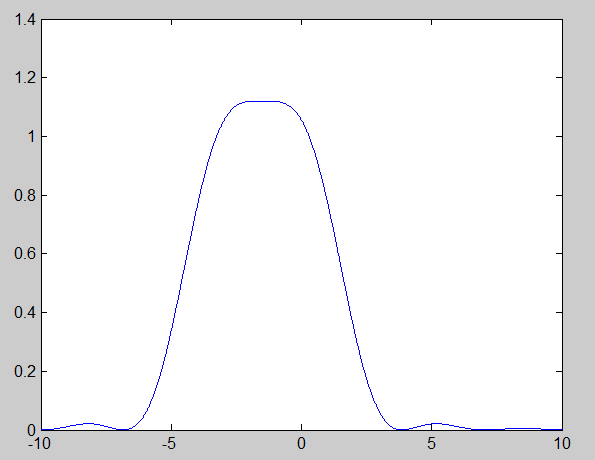Restating the Q formula from this post with the Bayer CFA correction from yesterday’s post: Qbayer = lambda * N / (pitch *1.7) Where lambda is the wavelength of the light in micrometers, N is the f-stop, and pitch is the pixel pitch in micrometers. For 0.5 micrometer light, Qbayer = N / (pitch *3.4)… [Read More]
Archives for May 2014
Interpreting Q in the real world
First off, let me dissuade you from one possible – and erroneous – interpretation of the findings of the last post: “Well, gee, if the sensor can’t resolve all of the detail that my lens can put out at f/8, why don’t I just stop down to f/16, where it will be balanced, and I’ll… [Read More]
What’s your Q?
Another way of looking at the minimum resolvable distance between two points is to turn it on its head and look at spatial frequencies. When we do that, we can restate one of the conclusions of this post as: the upper cutoff spatial frequency of a diffraction–limited lens is one over the Sparrow distance, or… [Read More]
Who are you going to believe, me or your own eyes?
If you’ve ever spent time with a good astronomical telescope and a short-focal-length eyepiece, you know that Airy disks don’t look like the ones I graphed in the preceding post. The rings (bumps in cross-section) around the central haystack are much more prominent. What gives? Am I lying to you? Is my math wrong? Here’s… [Read More]
Camera vs sensor resolution
There’s been a lot of discussion on the web about the relationship of lens and sensor resolution. Questions often go something like, “Is putting lens A on camera B as waste of money, since lens A can resolve X while camera B can only resolve Y?” I looked around and found that there’s a body… [Read More]

